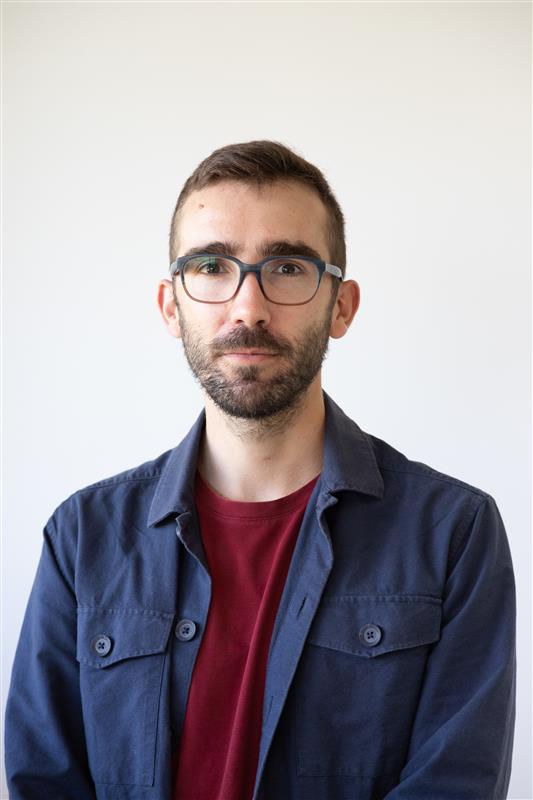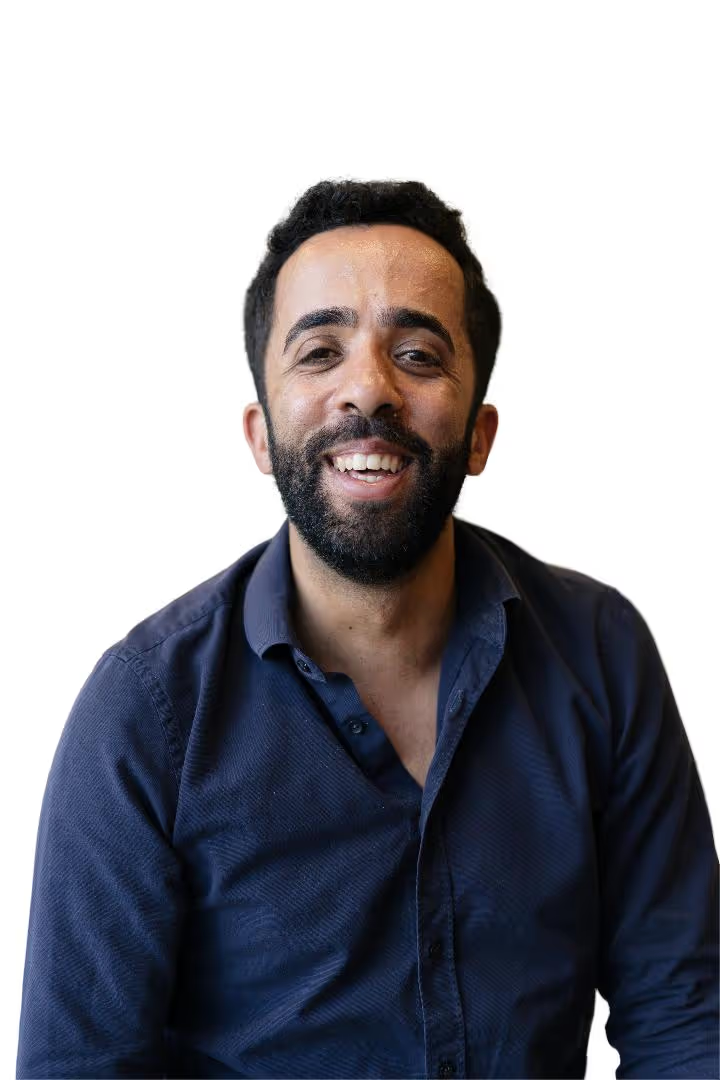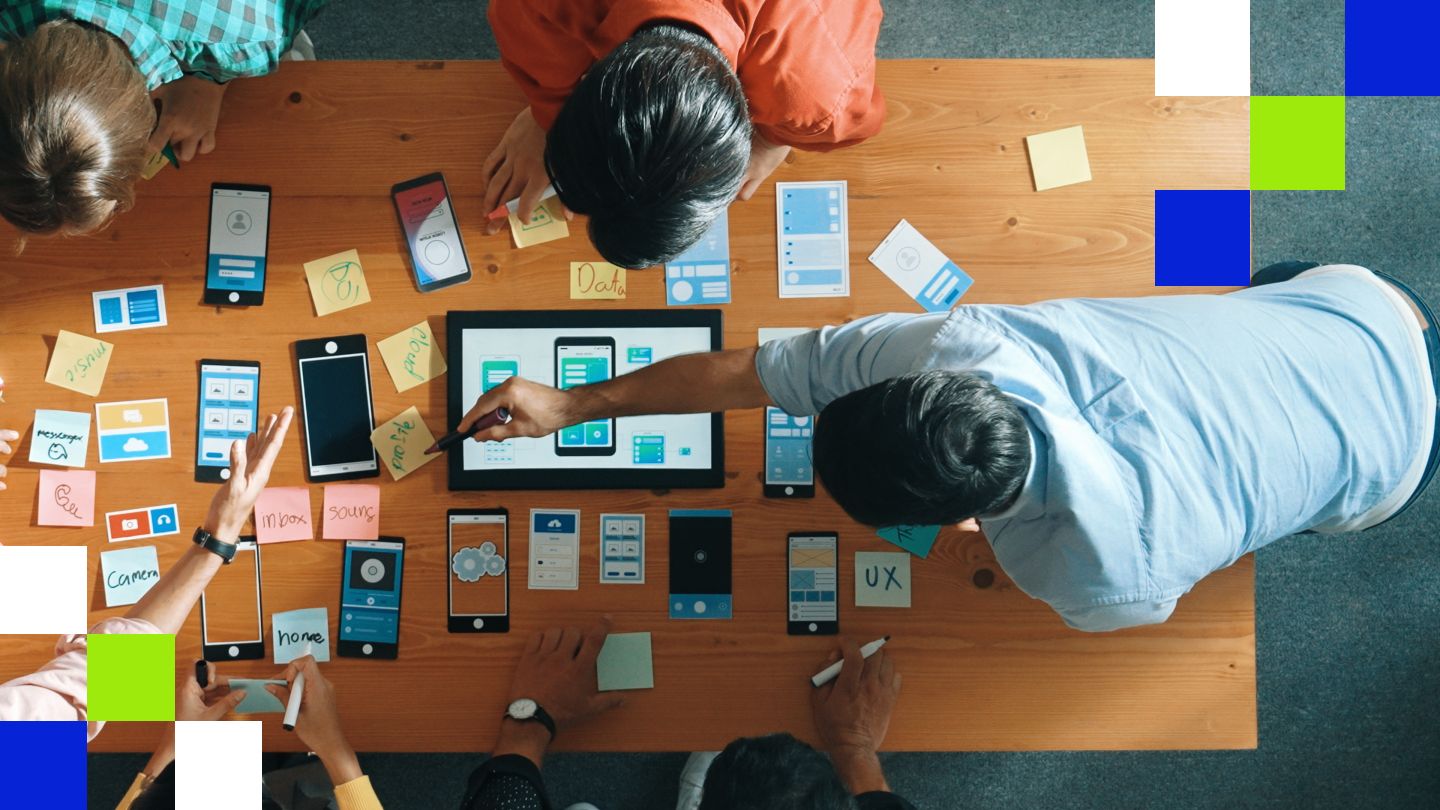Optimising design workflows with AI

Smarter design workflows: integrating AI into the creative process
Artificial Intelligence is reshaping how designers work, create, and collaborate. What once felt experimental is now becoming an everyday companion across the entire product design process. From research to prototyping and testing.
This was the focus of the latest Deep Insights webinar, where André Fangueiro, Head of Design at Tietoevry, shared how AI is moving from being just a tool to becoming a true co-creator in design workflows. With experience leading international design teams and shaping innovation for brands like Canon, Invacare Medical, and Giant Biycles, André brings a clear view on how AI can help designers focus more on creativity and strategy, and less on repetitive work.
From assistant to co-creator
AI is no longer confined to automating tasks. It’s now an active participant in ideation, decision-making, and creative exploration. Designers can use AI tools to generate visual directions, analyse data, or even simulate user feedback before prototypes exist.
For example, Figma AI helps teams speed up layout creation and accessibility checks. Breyta assists with research synthesis, summarising user interviews and clustering insights. Meanwhile, tools like V0, Runway, and Framer AI make it easier to turn natural language into design components, interfaces, or even full web layouts.
These capabilities don’t replace designers, they enhance them. As André Fangueiro pointed out, the most valuable use of AI lies in combining human intuition with machine precision.
Reimagining creative flow
Integrating AI into design workflows means more than adopting new software. It’s about rethinking the process itself. AI can support divergent thinking, generating multiple directions during ideation, and convergent thinking, when narrowing ideas down into actionable solutions.
Frameworks like the Double Diamond or the Stingray Model can now be augmented with AI to expand exploration and decision-making phases. Whether it’s generating personas, clustering feedback, or predicting usability issues, AI helps teams accelerate insights without compromising depth.
The human factor remains central
Despite the speed and efficiency AI offers, design remains a deeply human practice. André emphasises that the goal isn’t to let algorithms dictate creative direction, but to use them to ask better questions, find patterns, and make more informed decisions.
The future of design belongs to multidisciplinary teams that know how to balance intuition with data. Designers who embrace AI as a collaborator, not a competitor, will be the ones shaping this new creative era.
Final thoughts
AI in design workflows is not about replacing creativity but amplifying it. The real opportunity lies in freeing designers from repetitive tasks, allowing them to focus on strategy, storytelling, and innovation.
As André Fangueiro reminds us, “AI is here to helps us design smarter, not faster. To think differently, not just work differently.”



.avif)






.jpeg)

.avif)
